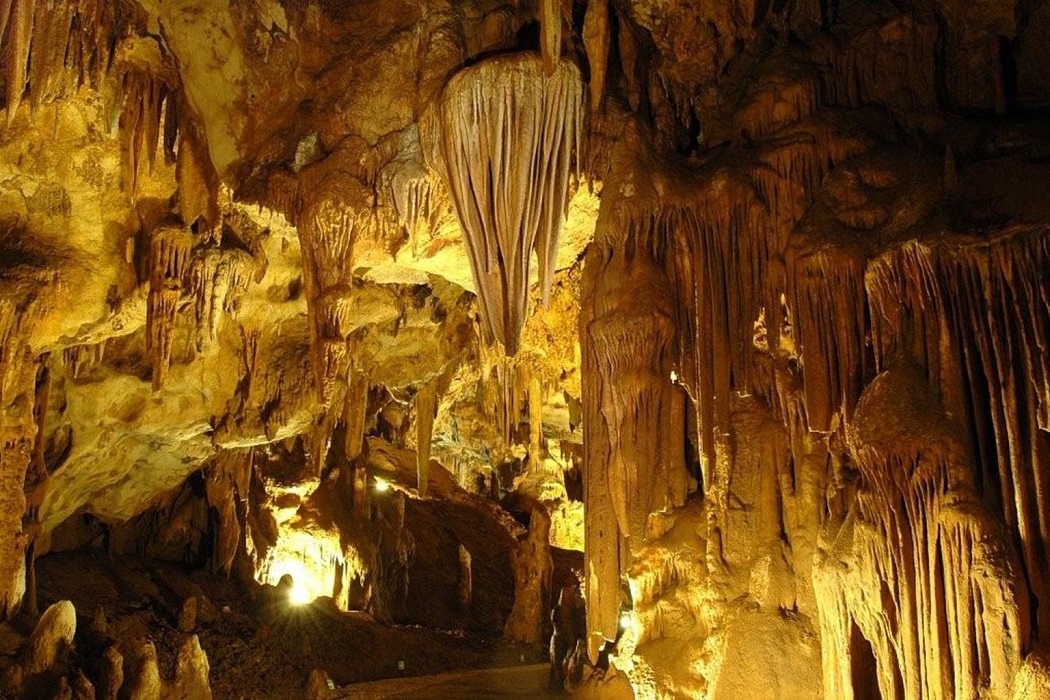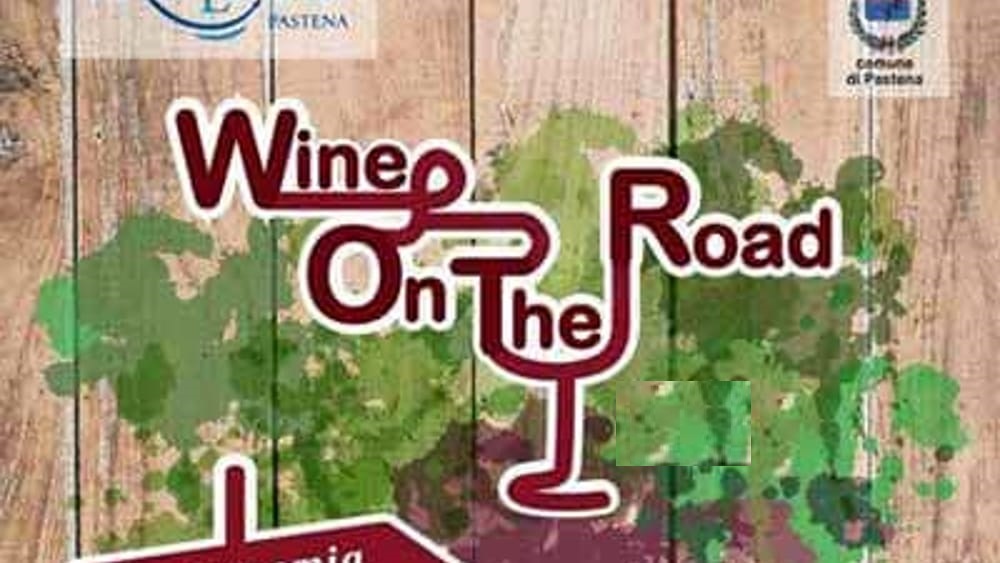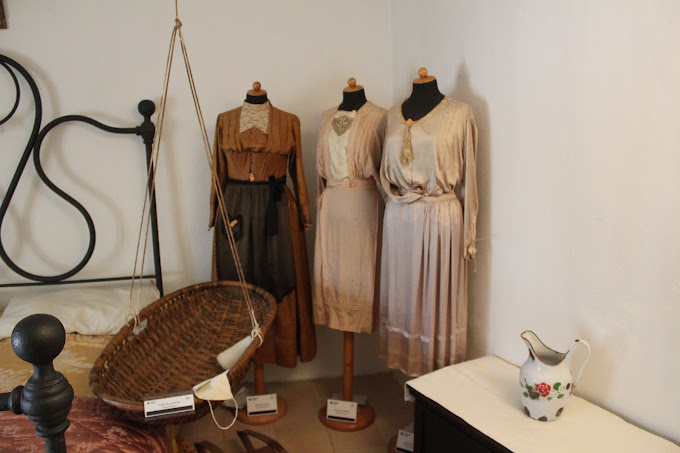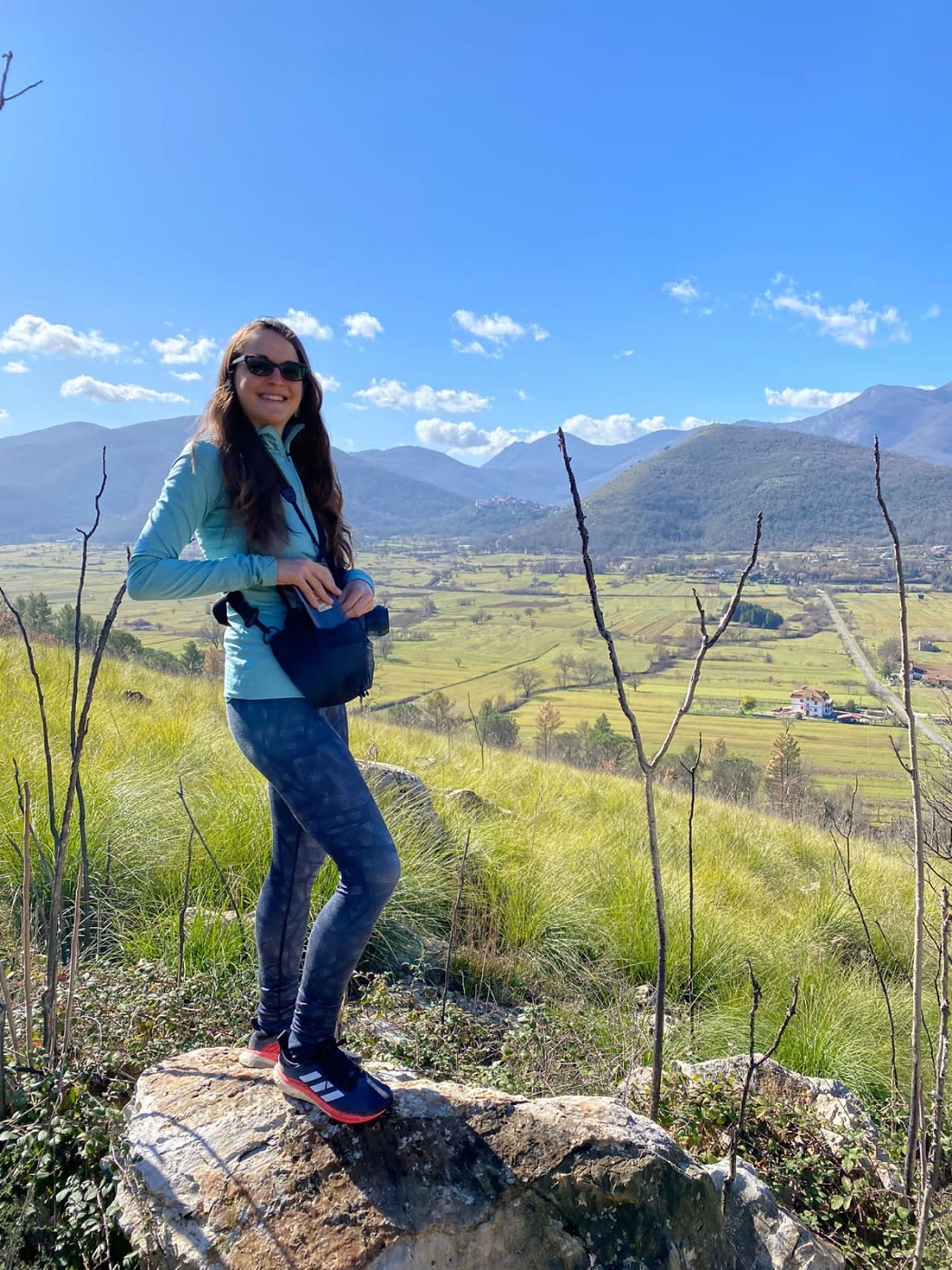

Pastena is a medieval village born around a fortress located on a hill at the foot of Monte Solo in the Ausoni mountain range, on whose summit you can admire the statues of Sant'Elena and San Sinforo martyr, patrons of Pastena.
Its town planning reflects its history and development has occurred concentrically. The territory has geological peculiarities and the karst caves of Pastena are among the most visited in lower Lazio.
The name originates from the Latin-medieval term pastinum which means "worked land" and the very ancient human presence is documented by prehistoric ceramics and tools found in the cave.
During the Roman period, life took place above all in the low-lying areas around the important communication routes of the Appia, which led to Brindisi, and the Casilina, which led to Capua. Around the nineteenth century, with the arrival of the Saracens in lower Lazio, the population took refuge in a fortress on a hill, giving rise to the first nucleus of the current village.
After the year 1000, Pastena entered the county of Fondi and has always been a border village between the Kingdom of Naples and that of the papal state, and for this reason there has never been a lack of problems with brigandage.
The historic village is still surrounded by a wall of which 15 watchtowers and two gates called for their position are still visible: Porta Napoli and Porta Roma.
At the end of the eighteenth century it was one of the countries that resisted the French and for this reason it was besieged and sacked. Starting from 1806 it returned again to the Bourbon Kingdom and, when the Piedmontese arrived, the whole area was strongly affected by the new forms of brigandage linked to the unification of Italy.
Due to its proximity to the Montecassino Abbey, Pastena suffered heavy bombing during the Second World War.
Pastena is famous for having given rise to the famous actor Nino Manfredi and you can visit his father's house.
On the mountains, on the border with the village of Lenola, there are the ruins of Ambrifi, a castle and a village built around the year one thousand and abandoned in the fifteenth century.











Follow us